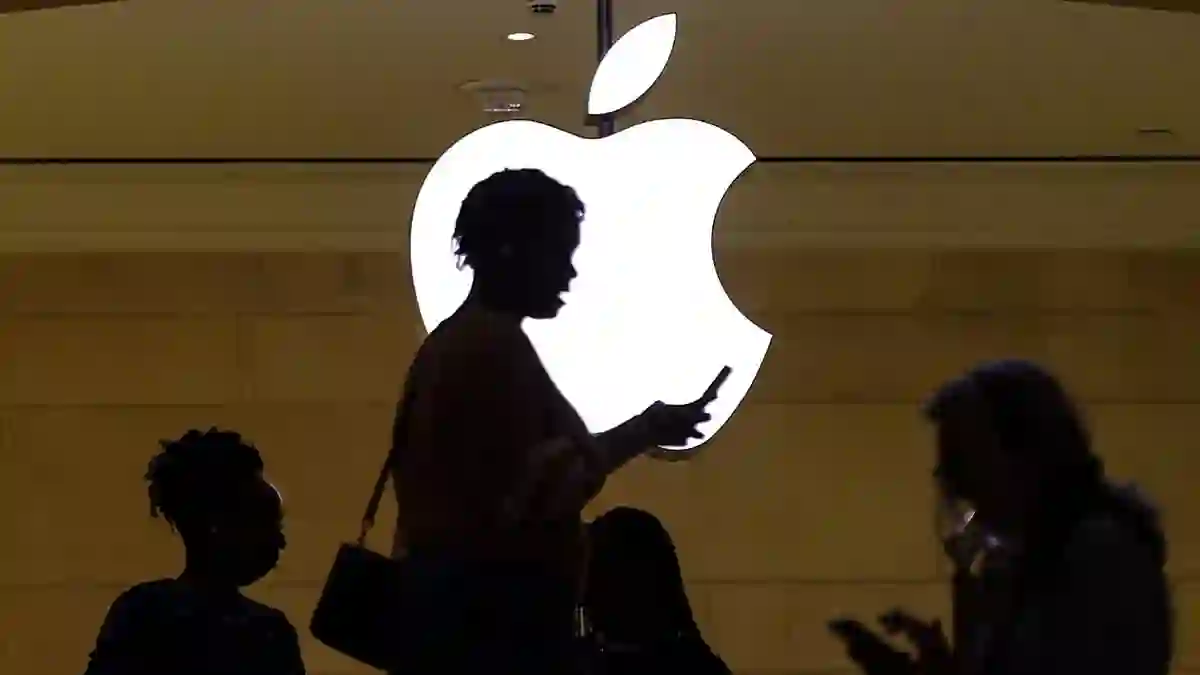Let’s be honest—most of us expect our Apple devices to last.
And for many, the Apple Watch Series 1 has been loyally tracking steps, buzzing with notifications, and quietly doing its job for years.
But now, Apple is officially calling time on this beloved gadget.
As of this week, the Apple Watch Series 1 has been declared obsolete—and that means it’s officially on its own.
What ‘Obsolete’ Means in Apple Language
While it might sound dramatic, “obsolete” has a very specific meaning in the Apple world.
According to the company, a product earns this label once it’s been out of distribution for more than seven years.
Once that happens, it’s game over for support—no more repairs, no spare parts, not even from third-party service providers.
So, if something goes wrong with your Series 1 watch now, you’re out of luck.
Wait, This Isn’t the First Apple Watch?
Here’s a fun fact: the Series 1 isn’t actually the original Apple Watch.
That first model came out in 2015. The Series 1 followed a year later in 2016 with a slightly tweaked processor.
It was Apple’s second attempt at the smartwatch space—but now, nearly a decade later, it’s reached the end of the road.
Oddly, Apple already labeled the Series 2 as obsolete last year (2024), even though it came out after the Series 1.
So this latest move feels a bit out of sequence.
Vintage Today, Obsolete Tomorrow
Apple uses two main categories when phasing out old products.
First comes “vintage,” for products no longer sold but still somewhat supported (usually 5–7 years after release).
Once a product crosses the 7-year threshold, it drops into the “obsolete” bucket.
This cycle happens gradually, and usually quietly—unless you happen to be someone still using that older device.
Critics Say This Lifespan Is Way Too Short
While tech enthusiasts might not be shocked, environmental activists are raising eyebrows.
They argue that a high-end tech gadget—especially one that cost hundreds of dollars—should last longer than just a few years.
Groups fighting for sustainable tech and the “Right to Repair” say the constant stream of phased-out devices is a key driver behind the global e-waste crisis.
The Bigger Problem with Tech Waste
The issue isn’t just about inconvenience. When electronics like smartwatches end up in landfills, they can release toxic chemicals into the environment.
Over time, these toxins seep into groundwater or release dangerous gases into the air, posing real risks to both people and wildlife.
Nathan Proctor, a senior director at the Public Interest Research Group, put it bluntly: “Electronic waste is the world’s fastest growing waste stream and represents a global crisis.”
Software Roadblocks Make It Worse
One of the biggest concerns among campaigners? Tech companies—including Apple—designing software that blocks third-party repairs.
Even when spare parts exist, users and independent repair shops can’t use them properly due to built-in restrictions.
This forces consumers to throw away devices that could’ve easily been fixed.
Apple’s Journey to Tech Superpower
From its humble start in a California garage to becoming a trillion-dollar empire, Apple’s history is a long one.
Here’s a lightning-fast recap of key moments:
-
1976: Founded by Steve Jobs, Steve Wozniak, and Ronald Wayne
-
1984: Macintosh makes a splash
-
2001: iPod changes the music game
-
2007: The iPhone is born
-
2014: Apple Watch is unveiled
-
2015–2016: Series 1 and 2 hit the market
-
2024: Apple steps into the AI space with Apple Intelligence
For all its innovation, Apple’s also faced legal battles, environmental criticism, and the challenge of maintaining long-term trust with its users.
So What Should You Do If You Own a Series 1?
If your Series 1 is still ticking, good on you.
But just know that Apple won’t be there to help if it breaks down.
This might be a good moment to upgrade—or consider alternatives that prioritize repairability and longer lifespan.
Either way, it’s clear: as Apple moves forward, some of its most loyal products are being left behind.
